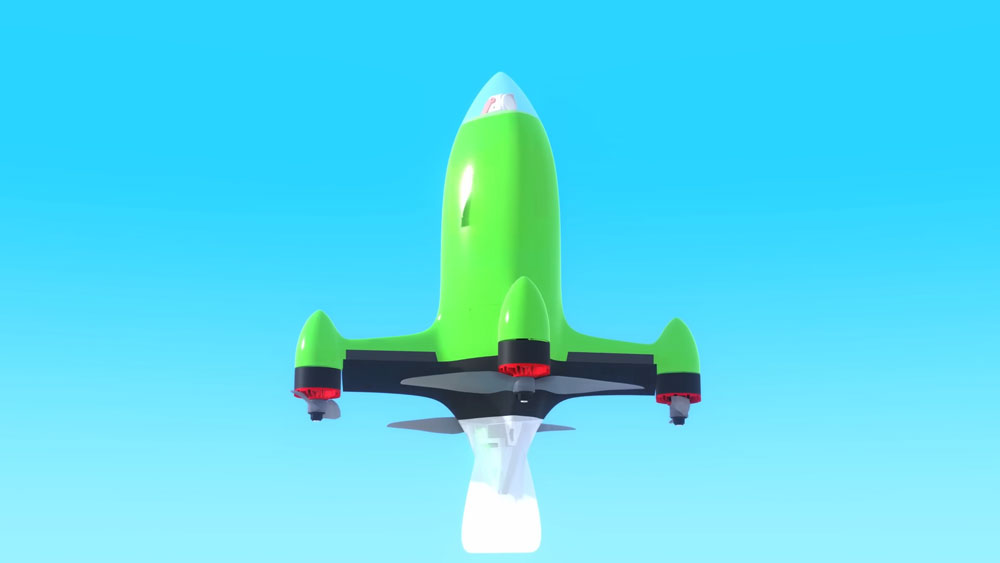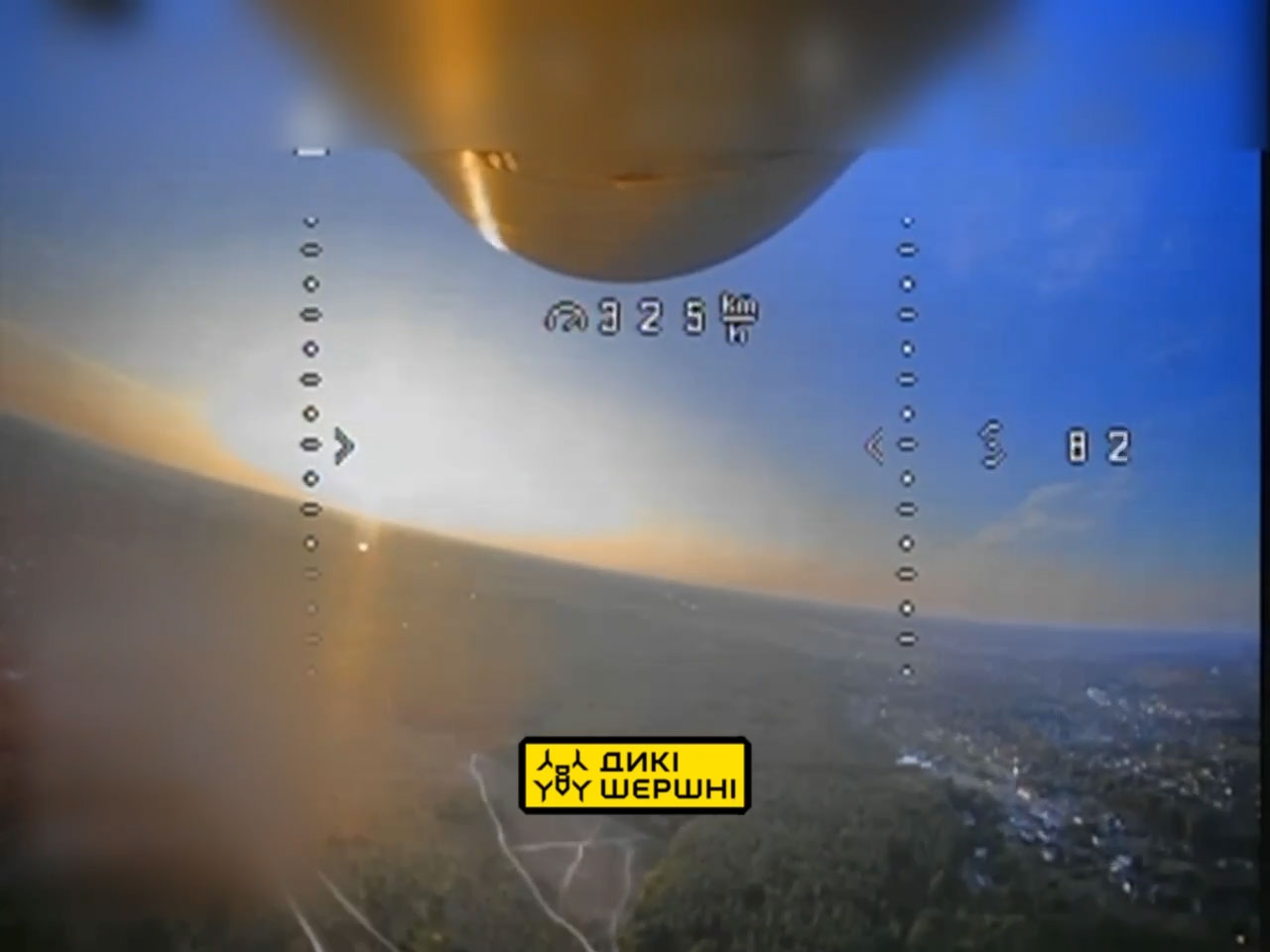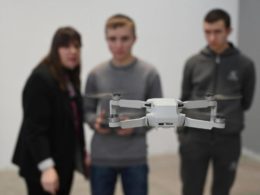The Wild Hornets Ukrainian drone developer group shared footage, showing a significant breakthrough in interceptor drone technology, with their latest FPV (First Person View) drone accelerating to 325 km/h in the matter of seconds. The short clip was recorded from the drone's on-board camera.
This reported development represents a substantial improvement from the Wild Hornets' previous model, which achieved 260 km/h just a month ago.
"We continue to develop this project. In a little while, the first batch of such drones will be flying to perform special and very important tasks," Wild Hornets noted, commenting on their video.
Defense Express notes that the primary goal of this high-speed drone is to enhance the interception capabilities against enemy reconnaissance UAVs. The increased speed is crucial for anti-air drones, as operators have very limited time to intercept their targets. For comparison, the Russian fixed-wing reconnaissance drone Orlan-10 - one of the most-used models - has a cruising speed of about 110 km/h and a maximum speed of 150 km/h.
The footage doesn't show the exterior of the drone. While the exact design of the new drone remains undisclosed, the focus on aerodynamics becomes increasingly important at such high speeds, Defense Express speculates. This approach is not entirely new in the drone community, with enthusiasts having developed aerodynamic designs 7-8 years ago, achieving speeds of 270 km/h.

The current world record for quadcopter speed stands at 480.23 km/h, set in April 2024 by Luke and Mike Bellamy from South Africa with their Peregreen 2 drone. However, these record-setting drones differ from combat drones in that they don't carry payloads and only need to maintain top speed for a short duration.
Related:
- Chasiv Yar’s survival rests on daring night drone team
- Thermite-equipped FPV drone sets ablaze Russian positions in Ukraine (video)
- Russian drones hunt civilians, terrorize Kherson with “human safari”
- Zelenskyy confirms contracts for producing over 1,000,000 drones in 2024
- Netherlands backs Ukraine with €20 million for FPV drones
- Drone dogfights: Ukraine’s novel strategy to counter Russian reconnaissance UAVs





